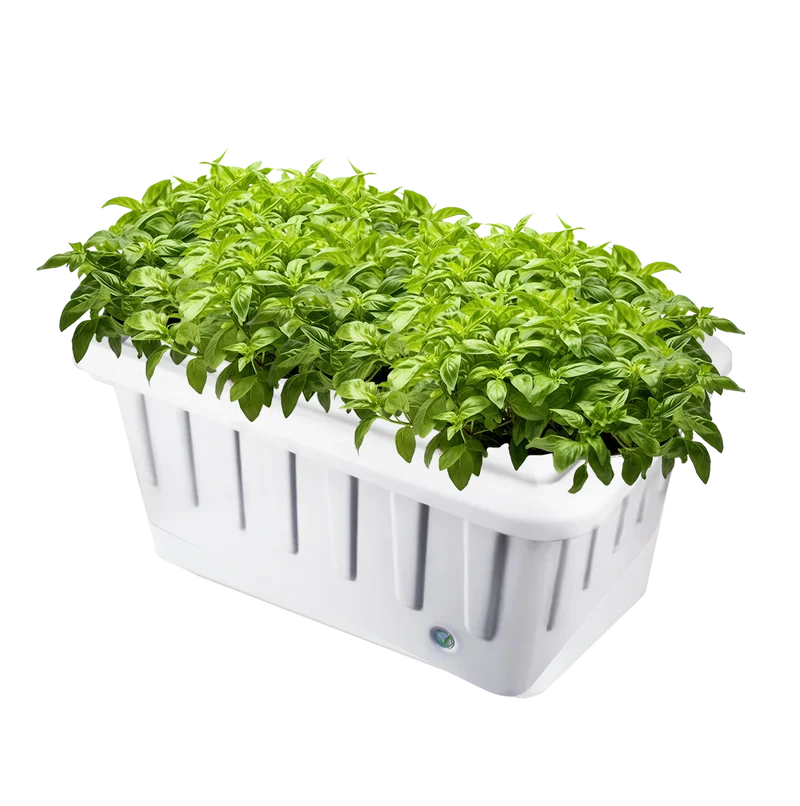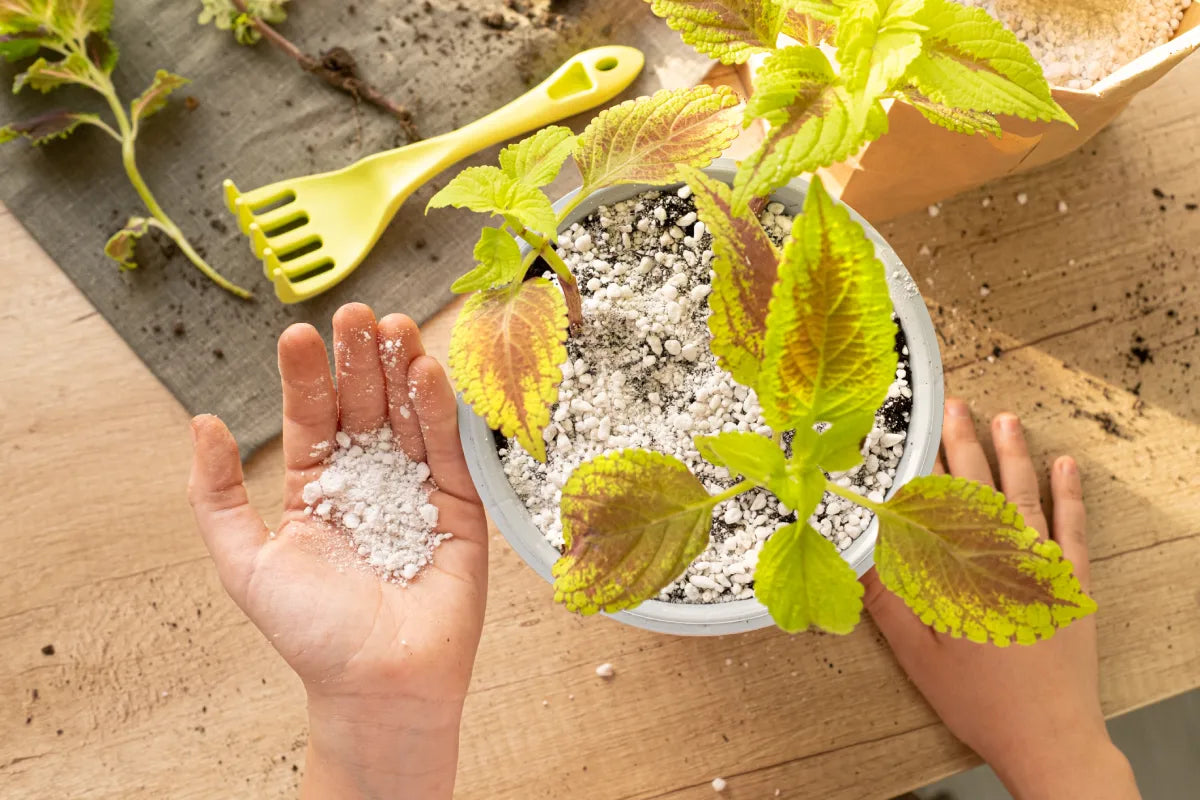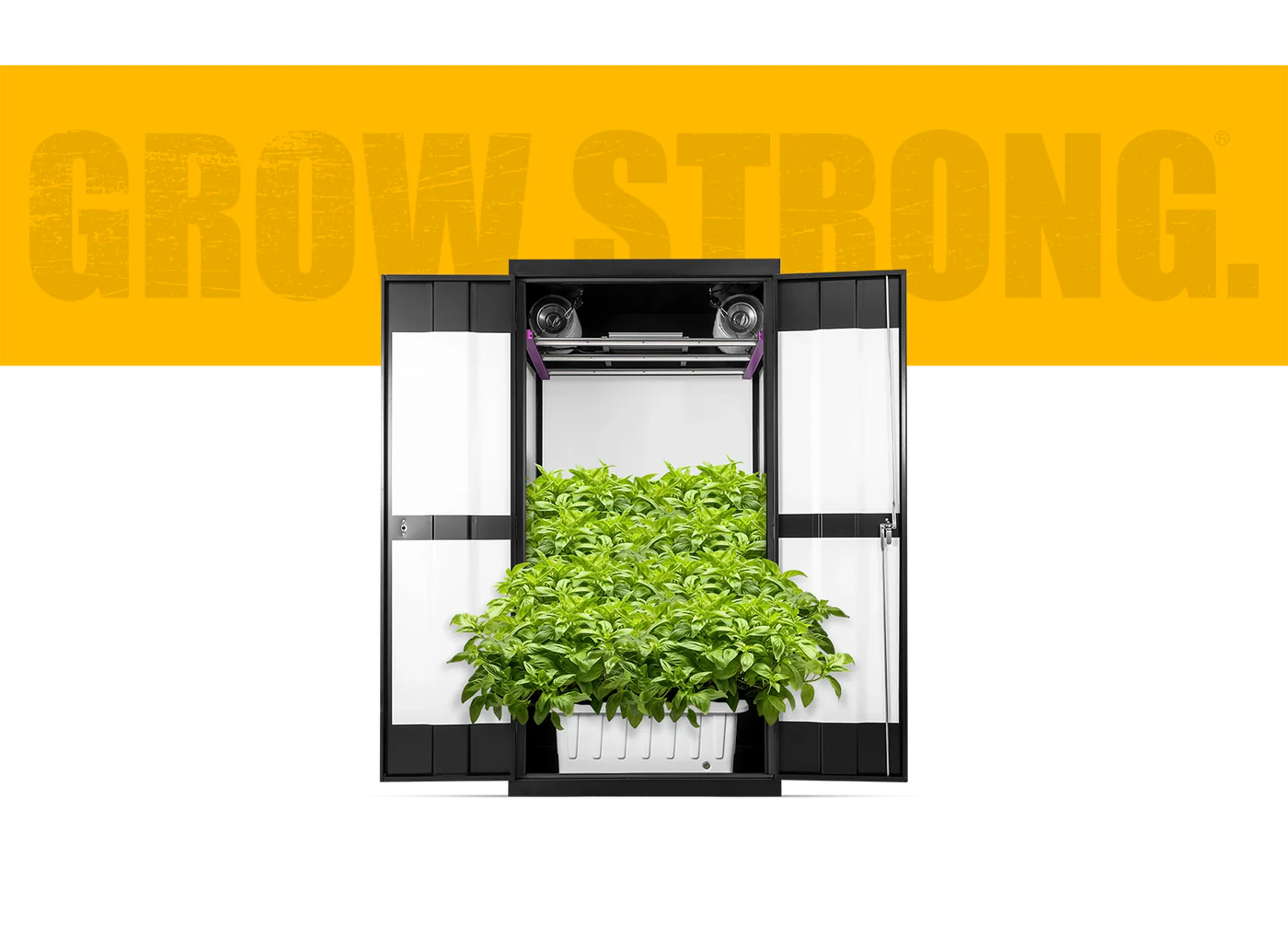
Complete Indoor Hydroponic Grow System Guide
Hydroponic systems use less water than traditional gardening because the water is reused. Plants get the exact nutrients they need directly through their roots. Indoor setups allow for perfect control of temperature, humidity, and light, which helps plants grow faster than they would outside. Indoor hydroponic systems have many advantages:
They take up less space than regular gardens and can be set up anywhere indoors, making them great for people in cities or with small outdoor areas.By controlling the environment, you can grow crops all year long, no matter the season.Without soil, there are fewer pests and diseases, leading to healthier plants and less need for pesticides.
Understanding Hydroponic Systems and Electricity Usage
Understanding how much electricity hydroponic systems use is important for anyone thinking about indoor gardening. Modern hydroponic systems are now more energyefficient, using technology to save resources and help plants grow better.
Hydroponic Bucket Systems: These are some of the easiest systems for beginners. They usually have separate containers (buckets) where plants grow with their roots in nutrientrich water. The electricity used in these systems is low, mainly for running a water pump to circulate nutrients and possibly a grow light for indoor setups. Unlike traditional gardening, which can use a lot of water, hydroponic systems recycle water, reducing overall use.
RDWC (Recirculating Deep Water Culture): RDWC systems are made for higher productivity and efficiency in larger setups. They continuously recirculate nutrient solution through connected containers or channels, making sure plants get the nutrients they need. Even though they are designed for high productivity, RDWC systems are built to use electricity efficiently. They often use efficient water pumps and may have LED grow lights that use less energy while providing the right light for plant growth.
Commercial Hydroponic Systems: These systems can be small or large, depending on the need. They focus on being efficient to keep costs low. Advanced technologies like automated nutrient delivery, climate control, and efficient lighting are often used. Electricity use is carefully managed with energysaving equipment and monitoring systems to use resources wisely.
Exploring Hydroponic Bucket Systems
Hydroponic bucket systems are easy and great for beginners who want to garden indoors without soil. These systems give plants a nutrient rich solution directly to their roots, helping them grow well. Here’s a simple look at hydroponic bucket systems, including their parts, how to maintain them, and how much electricity they use compared to traditional soil gardening:

Components of Hydroponic Bucket Systems:
Containers/Buckets: Each plant grows in its own bucket or container filled with a growing medium like perlite, coco coir, or rockwool. These materials support the plant and let the nutrient solution pass through.
Nutrient Reservoir: A larger container or reservoir holds the nutrient solution, which is water mixed with hydroponic nutrients. This solution is pumped or flows by gravity to each bucket where the plants are growing.Water Pump: In systems with a pump, it moves the nutrient solution from the reservoir to each bucket, making sure the plants’ roots get nutrients consistently.Aeration System: Some setups have an air pump and air stones to add oxygen to the nutrient solution, which is important for root health and nutrient absorption.
Grow Lights (Optional): For indoor setups where natural light isn’t enough, extra grow lights can be used. LED grow lights are popular because they save energy and provide the right light spectrum for plant growth.
Maintenance Requirements:
Regularly check and adjust the pH and electrical conductivity (EC) of the nutrient solution to ensure plants get the right nutrients.Refill the nutrient reservoir with fresh solution and adjust nutrient levels as plants grow.Periodically clean the buckets, reservoir, and tubing to prevent algae growth, clogs, and salt buildup from the nutrient solution.Check the roots of plants for signs of disease, pests, or nutrient deficiencies.
Electricity Usage Compared to Traditional Gardening:
The main electricity use in hydroponic bucket systems is usually from the water pump that circulates the nutrient solution. These pumps are energyefficient, especially compared to the water use and labor in traditional soilbased gardening.If grow lights are used, consider their energy consumption. However, new LED technology has made grow lights much more efficient, reducing overall energy costs.
Benefits of Hydroponic Bucket Systems:
Perfect for small areas and indoor settings, hydroponic bucket systems make the most of vertical space to grow more plants.
These systems reuse water well, using much less than traditional gardening where water can be lost through runoff or evaporation.: Without soil, hydroponic plants face fewer pests and diseases, cutting down the need for pesticides and herbicides.
Hydroponic bucket systems are a great way to start with hydroponics, giving growers a controlled space to grow healthy plants easily. By learning about their parts, how to maintain them, and how much energy they use, beginners can successfully set up and enjoy indoor hydroponic gardening.
Deep Dive into RDWC Hydroponic Systems
RDWC systems have several connected containers or buckets filled with a nutrient solution. Each container holds a plant with its roots directly in the solution.A main reservoir stores the nutrient solution, which is pumped or flows by gravity into each container through tubes. This constant circulation ensures every plant gets a steady supply of nutrients and oxygenated water to its roots.
To keep oxygen levels high in the nutrient solution, RDWC systems use air pumps and air stones. These devices add air bubbles to the solution, preventing the roots from suffocating and helping them grow well. Advanced RDWC systems may have sensors and automated controls to check pH levels, nutrient concentrations (EC), and water temperature. This automation keeps the growing conditions ideal, boosting plant growth and yield.
Setup Process of RDWC Systems:
Arrange containers or buckets in a line or circle, depending on your space and the number of plants.Use tubing to connect each container to a central reservoir. This allows the nutrient solution to flow from the reservoir to each plant and back.Place a submersible water pump in the reservoir to circulate the nutrient solution through the system. The pump’s size and efficiency are important for managing electricity use.Put air pumps and air stones in the reservoir to keep the nutrient solution aerated, preventing stagnation and helping plant roots get oxygen.
Optimizing Electricity Usage Through Recirculation:
Use modern, energyefficient water pumps that match the system’s size and flow needs. These pumps help reduce electricity use while keeping nutrients circulating properly.In indoor setups, use LED grow lights. They are energyefficient and provide the right light wavelengths for plant growth, lowering energy costs compared to traditional lights.Automated systems can further optimize electricity use by controlling pump operation, adjusting nutrient levels based on plant needs, and monitoring environmental conditions. This ensures efficient use of resources and enhances productivity.
Benefits of RDWC Hydroponic Systems:
RDWC systems can produce more crops per square foot than traditional soil methods.By reusing the nutrient solution, RDWC systems provide consistent nutrients to all plants, reducing deficiencies and boosting growth.These systems can be adjusted to fit different indoor and greenhouse spaces, making the most of the available area and increasing crop production. They offer a dependable way for both commercial growers and advanced hobbyists to increase crop yields while using fewer resources, including electricity. Knowing how they work and how to set them up is key to getting the most out of RDWC systems in today’s agriculture.
Benefits of Indoor Hydroponic Growing Systems
Faster Growth Rates Hydroponic systems give nutrients directly to plant roots in the best amounts and conditions. This direct access means plants don’t need to search for nutrients in soil, so they can use more energy to grow. As a result, plants in hydroponic systems often grow faster than those in traditional soil gardens.
Space Efficiency One big advantage of indoor hydroponic systems is their ability to use space well. These systems can be set up vertically or in small spaces, making them perfect for places with limited space, like urban apartments, rooftops, or indoor grow rooms. By using vertical space effectively, growers can increase their planting area per square foot.
YearRound Cultivation:Indoor hydroponic systems let growers cultivate plants all year, no matter the weather outside. This continuous production is especially valuable for commercial growers who need a steady supply of fresh produce or herbs, regardless of the season. It also allows hobbyists to enjoy gardening yearround, leading to consistent plant growth and harvests.
Water Efficiency:Hydroponic systems use water very efficiently. Unlike traditional gardening, where water can be lost through runoff and evaporation, hydroponic systems recycle and reuse water. The nutrient solutions are kept in closed systems, which reduces water waste and overall water use compared to regular gardening.
Reduced Pest and Disease Risks:By not using soil, indoor hydroponic systems greatly lower the chances of pests, weeds, and soilborne diseases. This means fewer pesticides and herbicides are needed, leading to healthier plants. Growers can focus on keeping nutrient levels and environmental conditions just right to keep plants healthy without worrying about soilrelated problems.
Control Over Growing Conditions:Indoor hydroponic systems allow for precise control over factors like light, temperature, humidity, and nutrients. Growers can adjust these conditions to suit different plant species or growth stages. This control helps plants grow faster, improves crop quality, and allows for trying out different plant varieties and growing methods.
Sustainable and EcoFriendly:Hydroponic systems are often seen as more sustainable than traditional farming because they use resources efficiently. They need less land and water, produce more per square foot, and reduce nutrient runoff into waterways. Indoor setups can also use energyefficient technologies like LED grow lights and automated systems, further lowering their environmental impact.
Conclusion:
In conclusion, indoor hydroponic growing systems offer many benefits for both commercial growers and urban gardeners. These systems are energyefficient, help plants grow faster, make the best use of space, allow for yearround growing, and have a lower environmental impact. As technology improves and people become more aware of sustainable food production, indoor hydroponics is a great solution for modern farming challenges and the increasing demand for fresh, locally grown food.


